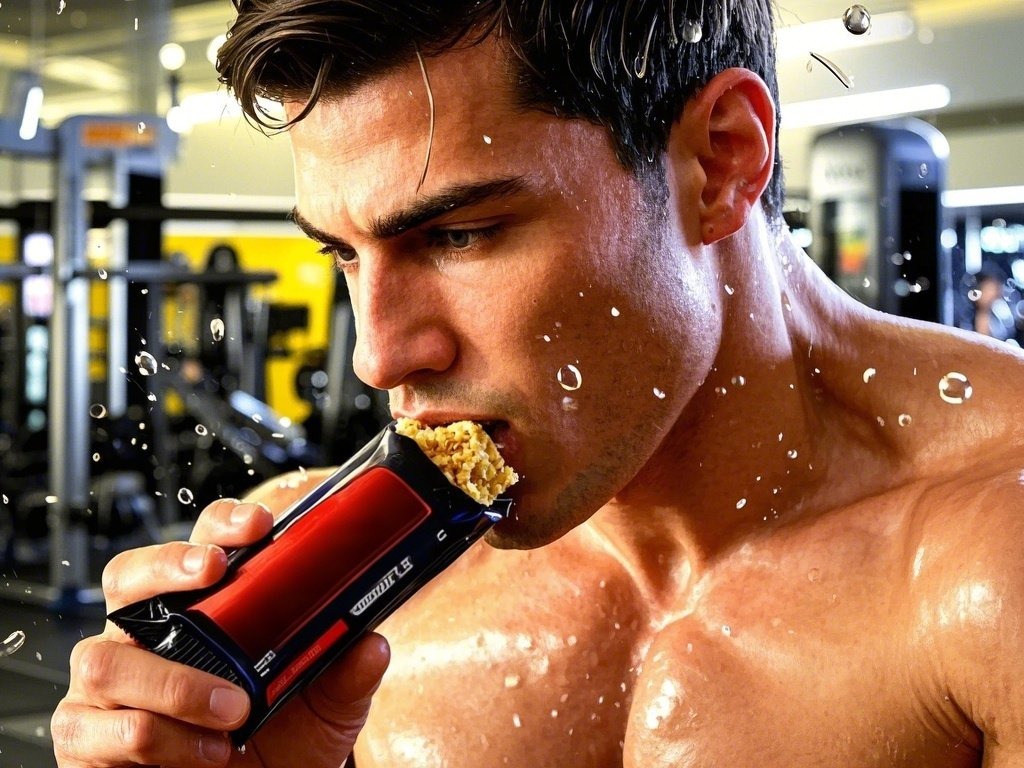nts Can Soon Use QR Codes to Check Heavy Metal Content in Baby Food—Here’s What You Need to Know
Let’s be real—there’s nothing more anxiety-inducing than wondering if the food you’re giving your baby is 100% safe. After all, you’re not just feeding them; you’re shaping their future health. Well, here’s the deal: a new game-changing move in the baby food world is about to make your life a whole lot easier.

Pare
Soon, parents will be able to scan QR codes on baby food packaging to get instant info on heavy metal content. Yep, no more guesswork, no more late-night Googling, and no more crossing your fingers at the grocery store.
Why Heavy Metals in Baby Food Are a Big Deal
Heavy metals like lead, arsenic, cadmium, and mercury can sneak into baby food through soil, water, and even the manufacturing process. While small amounts might not seem like a big deal, long-term exposure can mess with brain development and overall health. And let’s be honest—no parent wants to gamble with their baby’s future.
This issue hit the spotlight in 2021 when a congressional report found concerning levels of heavy metals in some of the most popular baby food brands. Since then, parents have been demanding transparency, and it looks like the industry is finally stepping up.
How the QR Code System Works
So, how does this new system work? It’s pretty simple:
1、Scan the QR Code: Grab your phone, open the camera or QR code scanner, and point it at the code on the baby food package.
2、Instant Info: You’ll be directed to a page that breaks down the heavy metal testing results for that specific product. Think of it as the nutritional label’s tech-savvy cousin.
3、Make Informed Choices: Armed with this info, you can decide if the product meets your standards or if it’s time to try another brand.
Why This Is a Total Game-Changer
This move toward transparency is a huge win for parents. It puts the power back in your hands and lets you make informed choices without playing detective. Plus, it sets a new standard for the baby food industry, making safety and honesty non-negotiable.
But let’s be clear—this isn’t a magic fix. It’s still up to manufacturers to ensure their products are as safe as possible. The QR codes just make it easier for you to hold them accountable.
What’s Next?
The QR code system is expected to roll out soon, with some brands already testing it. In the meantime, keep an eye out for updates and don’t be afraid to ask your favorite baby food brands what they’re doing to address heavy metals.
This is a step in the right direction for baby food safety, but it’s also a reminder to stay informed and proactive. After all, no one’s got your baby’s back like you do.
























